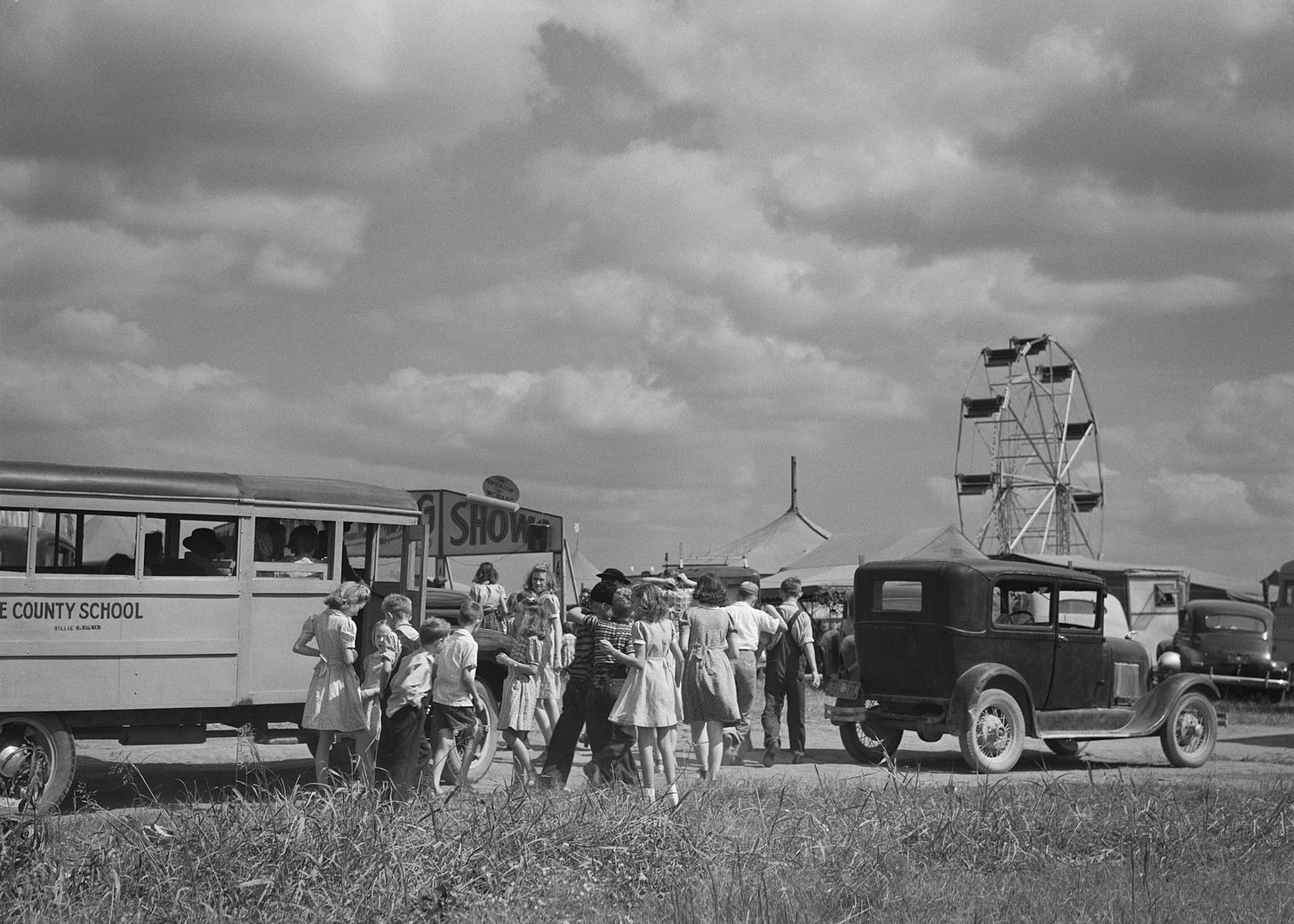what is it like to read archives of politics
a month into doing archival research in politics
Dearest gentle reader,
I am in India’s capital city, New Delhi, where I am scouring through archival materials these days. Archives are the places where governments and private individuals (possibly of importance) share their documents, papers, and other materials, for whoever wishes to access them.
There are two main archival sites in New Delhi—the Prime Ministers Museum and Library (PMML) and the National Archives of India (NAI).
At the moment, I am in PMML, which houses a trove of private papers and newspapers in physical and microfilm formats. PMML, previously known as the Nehru Memorial Museum and Library (NMML), houses a great deal of private papers (both institutional and individual) and a great set of books accessible for scholars to read through.
For instance, if you wish to research India’s foreign policy, you could access a great deal of private papers (from secretaries of Prime Ministers to Prime Ministers’ correspondences, secret files, and minutes of meetings, among others). For my research, I am required to access a large chunk of newspapers, which are mainly available in microfilm format. And in this one month, I have made substantial progress in terms of my archival work.

Archives tend to contain information. But, as a researcher, it is important to understand what the archives contain and what is usually left out of them. Politics is usually related to what is left out of archives, and what has been less documented, whose works are neglected in archival materials, and what it tells us about the politics of archives.
In a postcolonial Indian context, politics and history sat in relation to one another. Just as the Indian state began its project of sovereignty, it was deeply involved in its historical narration. Even some of the nationalist historians have come to admit that history was meticulously mediated by the state in the nation-making processes.
But, more starkly, in telling the story of the birth of the nation-state, Indian historians wrote praises for Gandhi and the Congress, at times, delineating other figures like Ambedkar, Savarkar, and Jinnah, as doing petty politics and obstructing the ways in which India could secure its independence. And its effects are seen in how we are taught history in school days.
But, more starkly, archives are the sites where history is written. Archives maintain what is known as “official memory”. And as a historian, it is critical to not just document what exists in the archive, for these archives also serve the statist goal, but what they leave out of them.
Archives are also about interpretations. One historian may come to appreciate something, while the other could disdain the very existence of that fact. Given that the individuals encountered in archives are no longer alive to tell their own story, it is important to be mindful of what we tend to write—and how to consciously understand what they meant to convey.
Moreover, archives are just a fragment of the past—and not the full story in itself—told through interlocutors who may have had their own reasons to understand things in the way they did.

In this one month of sitting and reading through the four historical individuals I seek to study, I have come to interpose each of their points of view in relation to each other. Understand what they thought and why they did so. What they feared the most (for this shaped how they negotiated those fears in terms of what they thought about the world and their relations in it). And what values they came to appreciate and accept.
Each morning, I, along with my peers, head to the archive.
In the mornings, I read or write something.
I have a notebook where I explicitly write a few points about what I may have read in archives, and what feelings I encountered in them.
I then sit and write on my laptop, the very same points as fieldwork notes (every fortnight) and send them to my advisor for his comments.
In the afternoon, I am back scrolling through microfilms (At times, it seems very boring—but when you find something interesting, it feels so good to read! Eureka moment, perhaps!)
And by the time it is evening, eyes begin to wear out.
Head back home – and then, watch a movie, in the end.
This routine goes from one day to another, and to the next, and so on. And once you are in the groove of it, you begin to enjoy it. And as you begin missing writing, on a fine Sunday, you sit in front of a laptop and start jotting down points for this newsletter.
This, dear reader, has been life lately. You might even dread this, and be like, damn, how boring! But that is alright, we need people to tell us boring stories.
I have slowed down on my writing lately, but there are some new writings to share:
I wrote a new article titled: "Culture Machine: How MetaCLIP Codifies Culture", published with colleague Luke Munn in New Media and Society. This article moves beyond the literature on AI bias and seeks to examine how AI systems come to understand and grasp culture.
Besides this, I watched a few movies and wrote their reviews too: Sookshmadarshini and Kishkindha Kaandam, two exceptionally written Malayalam movies of 2024.
This is everything I have for now—but, again, another month, another newsletter. Adios.
Greetings,
Adarsh


